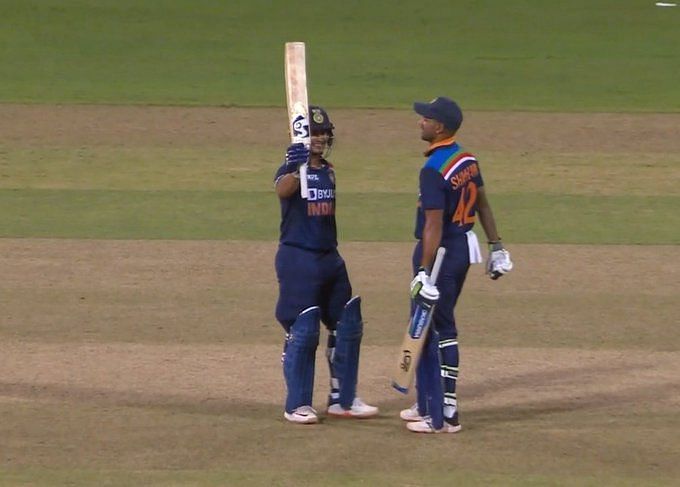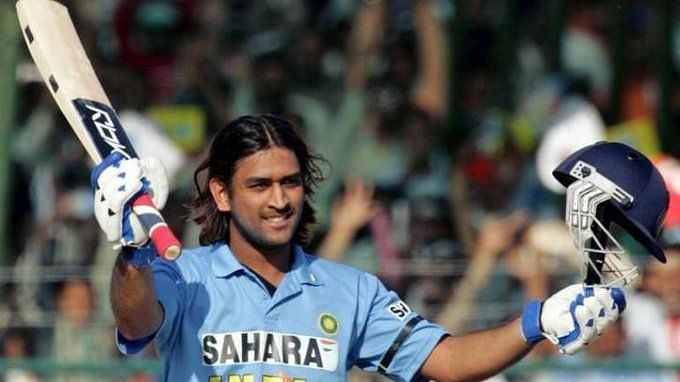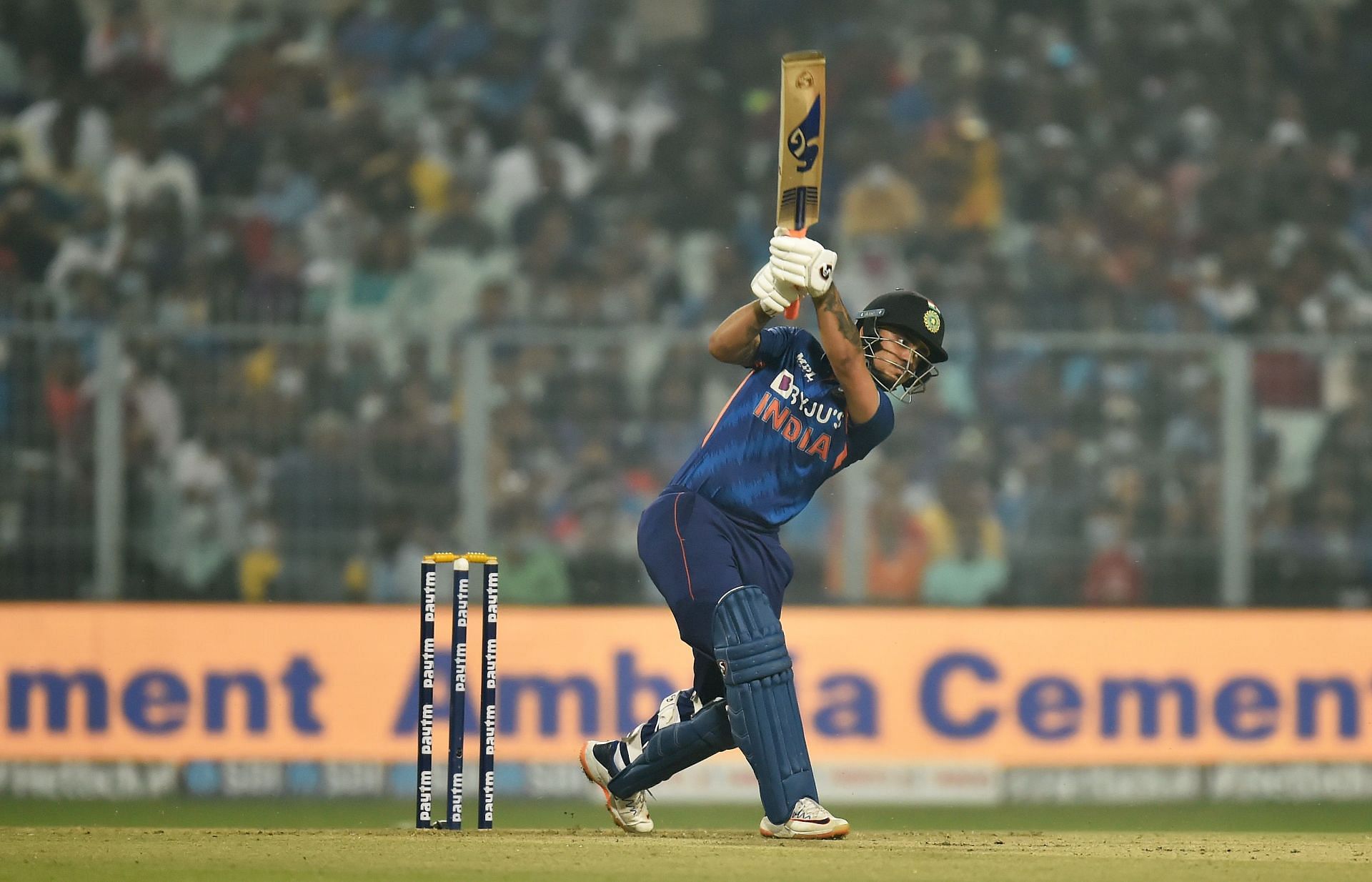
Can India benefit from having a floater at No.3 in ODIs?
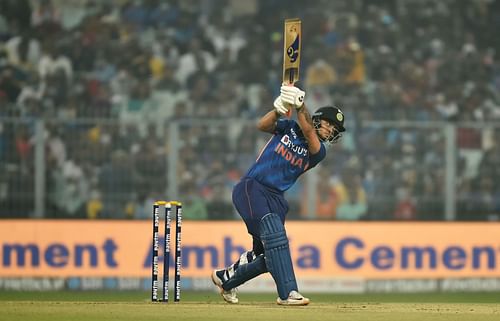
India have two experienced openers in Rohit Sharma and Shikhar Dhawan. The veteran duo are perfectly capable of playing their shots and anchor the innings in ODIs. Apart from them, India have quite a few players with similar profiles.
Considering the quality at the top, India can afford to have a big-hitting batter at No.3 to keep their scoring rate up. That batter would have the license to go out and go bonkers, irrespective of the conditions, opposition, or at times, match situation.
We have been mesmerised by the sheer brilliance Virat Kohli has bestowed on us over the years, batting at number 3. He has been the mainstay of the Indian batting line-up, walking in at the fall of one of the openers. Out of his tally of 12,169 ODI runs, 10,053 have come while batting at No.3, at an average of 62.46, laced with 52 fifties and 36 hundreds.
However, the Indian middle order has lost its experienced core over the years. While some players were phased away from the scheme of things, others slowly faded away. With the changing dynamics of ODI cricket, a big-hitting option in the top three could be of utmost value for India.
Kohli, now one of the senior-most members of the team, can afford to drop one position and bat at No.4. The former Indian limited-overs captain has had moderate success batting at the position over the years, scoring 1,767 runs in 39 innings.
How would that benefit the Indian batting line-up? Well, for one, India’s much scrutinised No.4 slot would be occupied by the most ideal candidate. Kohli, over the last five years, has accumulated 3,545 runs in 68 innings batting between overs 10-40. He has done so with a strike rate of 97.1, his average being 86.5. Out of the 3,649 deliveries he has faced in this phase, Kohli has accumulated 2,123 runs.
Therefore, it is safe to say that Kohli is arguably the best fit to hold the innings together at No.4. Secondly, having him bat in the middle order would provide India the luxury of playing an attacking floater at No.3. Walking in after one of the openers, this player could change the course of an innings. He would also have the cushion of the rest of the middle order as he goes about his innings.
The Indian team has several such players who are capable of doing so. On that note, here are three candidates who appear best suited for the role:
#1 Rishabh Pant
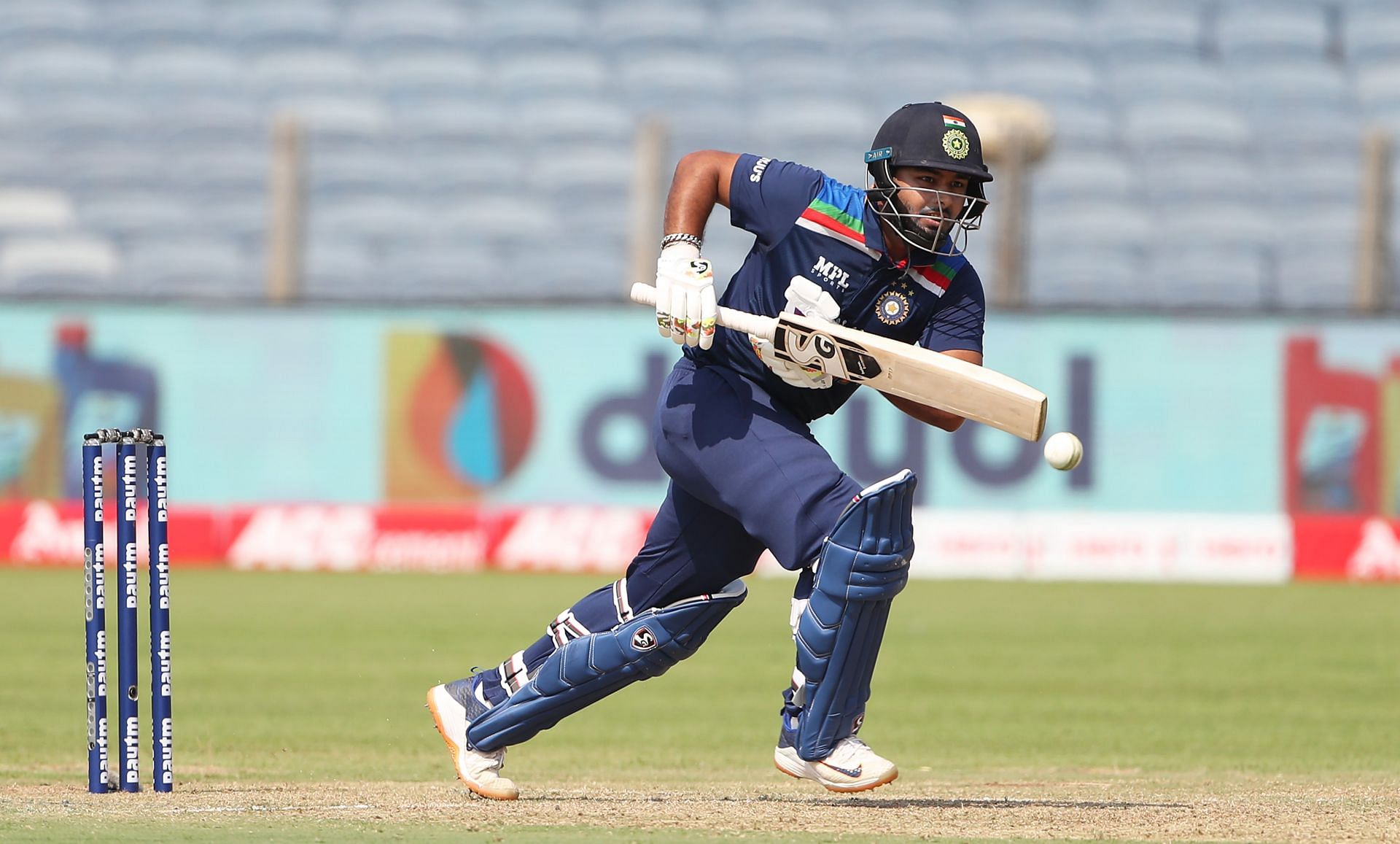
It goes without saying that the latest blue-eyed boy of Indian cricket would be an ideal fit for this role. Rishabh Pant has had a middle-order spot since the start of his ODI career, where he has had to carry a lot more responsibility. It has often proved to be an ask too tall for him, and he found himself out of the ODI team soon.
In whites, Pant has emerged as a hero over the last few months. Pant’s heroics have helped India recover from impossible situations on several occasions in the last few years. The most notable instance, of course, is the win at the Gabba against Australia.
Pant has had a lot of experience batting up the order in List-A cricket since his India U-19 days. His achievements in List-A cricket include scoring the fastest half-century in U-19 World Cup cricket, against Nepal in 2016. Unfortunately, his performance in the format with the bat has been inconsistent.
In 54 List A games, Pant has scored 1,447 runs, averaging 31.45, with nine half-centuries and a hundred, and a career-best of 135. However, one thing that goes in the Roorkee-born left-hander's favour is that the No.3 role is in sync with Pant’s natural game.
Therefore, if utilised in this role, not only would it benefit India benefit, Pant could also become a fixture in the limited-overs team.
#2 Sanju Samson
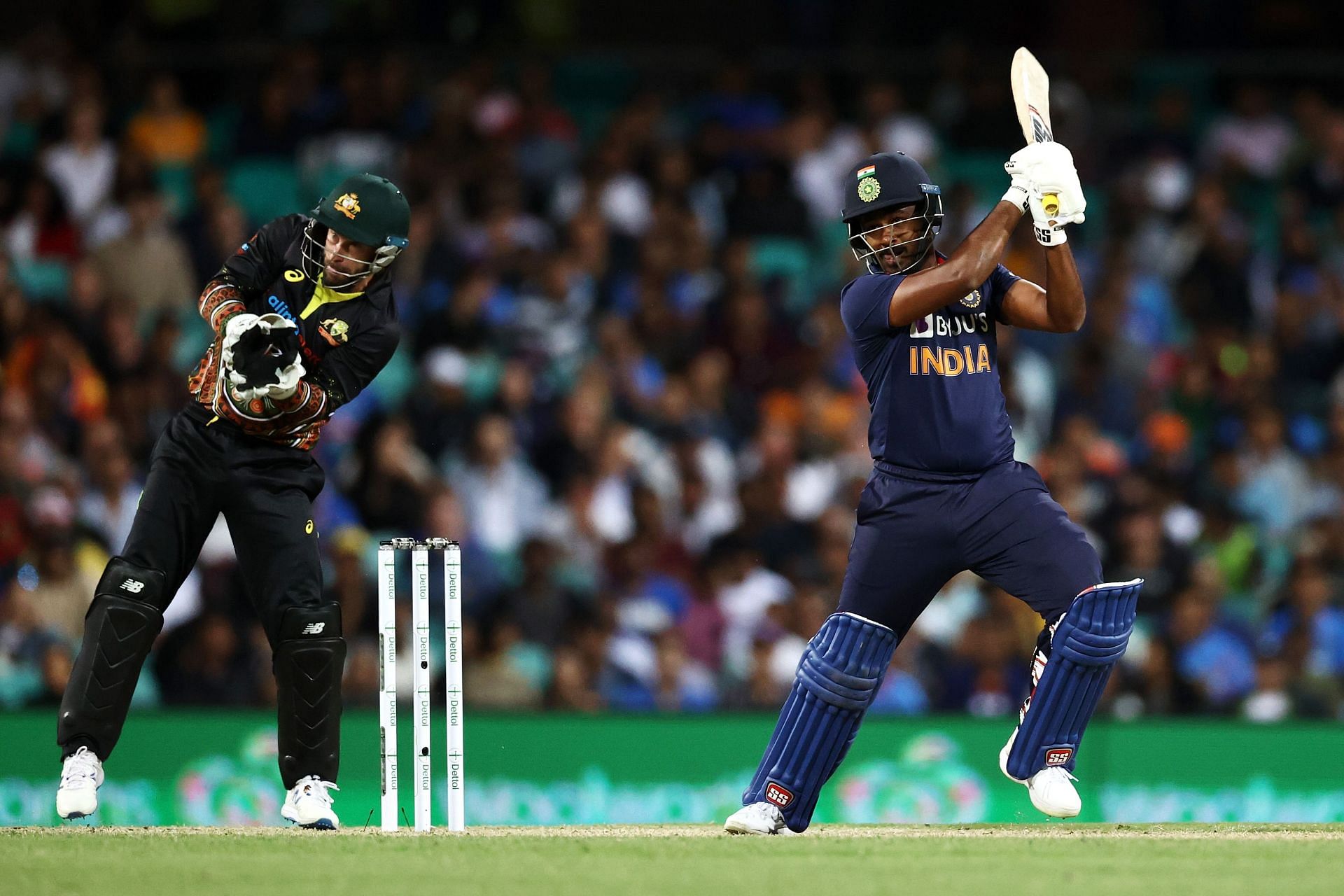
Sanju Samson is a player who once said in an interview (with ESPNCricinfo) that scoring boundaries comes naturally to him.
The current Kerala captain backs himself to play his strokes, even if, at times, the situation does not require him to do so. As a result, Samson has often been criticised for throwing his wicket away cheaply when his team required him to stay put. He has also been guilty of playing one shot too many, or being an inconsistent performer.
However, considering the requirement at N0.3, Samson would fit into this role perfectly as well. He has also shown time and again that he can score at a quick pace while batting up the order in limited-overs cricket.
Samson’s 212* against Goa two years ago, the highest individual score by a wicketkeeper-batter in List A Cricket, came while batting at No.3. He had experienced campaigners in Sachin Baby and Jalaj Saxena playing alongside him that day. Samson stitched up a record partnership of 338 runs with the former, who registered a 135-ball 127 of his own.
Other than that mammoth knock, Samson has had a sub-par List-A record, though. The Pulluvila-born 26-year-old has aggregated 2,445 runs in 95 List-A games.
Samson, slotted at No.3 for India in the third ODI against Sri Lanka, scored a fluent run-a-ball 46. His best List A knock has come while batting at 3. Having Samson at 3 would ensure that he gets to bat without any strings attached, like he did during that 212* knock.
A knee injury restricted him from performing that role in two games in ODI series against Sri Lanka. The guy who comes next in this list made the most of that.
#3 Ishan Kishan
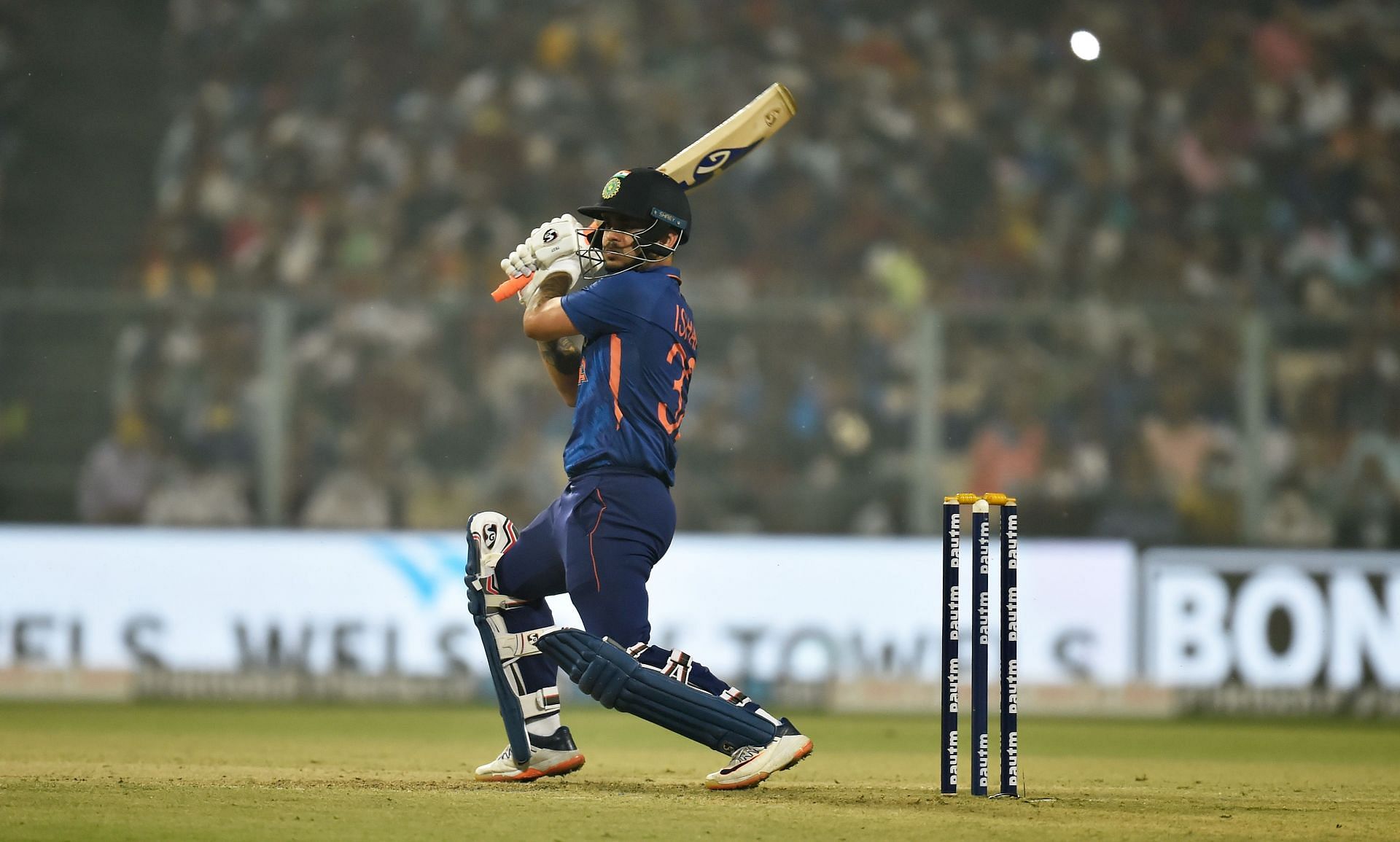
On his 23rd birthday, debutant Ishan Kishan lit up the R Premadasa Stadium with an array of well-timed, luscious, entertaining shots. After opener Prithvi Shaw’s dismissal, Kishan arrived and hit his first ball in ODI cricket for a six.
There was no looking back for the young left-hander from there. Kishan went on to score his maiden half-century in ODIs off 33 deliveries, the second-fastest by a player on ODI debut.
Speaking after the game, Kishan was asked whether his batting position at number 3 was pre-decided or not. He replied:
“Dravid Sir had already told me during the practice sessions that I will bat at No.3. So whatever practice I had to do with the new ball, I was doing so for quite a while. It was not something that we decided during the match, but it was decided beforehand.”
Kishan also had something to say on his approach at the crease that day. Apparently, India's then ODI captain, Shikhar Dhawan, insisting on toning the onslaught while batting with him. When asked what his response to his captain was, Kishan replied:
“I said, Paaji, forget about it ,and give me the strike.”
Mostly batting as a floater for India A, Kishan has had to wait to earn his maiden call-up into the limited-overs set-up. He has not disappointed in either of the two formats, notching up half-centuries in his maiden T20I and ODI.
Apart from leading Jharkhand, his state team, to the 2018-19 Vijay Hazare Trophy semi-final, Kishan was their leading run-scorer in the tournament. He scored 405 runs in nine games, all of which also came while opening the batting and performing glovework duties.
Although he didn’t have a successful campaign in 2019, Kishan hit a career-best 173 against Madhya Pradesh in the 2020-21 Vijay Hazare Trophy. It remains the third-highest score by a wicketkeeper in List-A Cricket. He then went through a string of low scores in the remaining games in that tournament.
The India team management decided by then that the time had come for the Patna-born left-hander to get an experience of international cricket. As evident from his approach and mindset, Kishan's name can easily be thrown into the mix of floaters at 3.
Also Read: 3 reasons why cricket is more popular than any other sport in India .
Why Pant, Samson and Kishan have been considered for the role?
There is a reason why the three aforementioned players have been considered. It is because other than scoring at a quick pace, they have one more common skillset: all three of them are specialist wicketkeepers.
Metaphorically, all good things come at a price, and playing them at No.3 in ODIs would be no different. Pant, Samson and Kishan are all more than capable of being aggressors at No.3. Therefore, India would have the option of playing one of them by factoring their ability with the gloves as well. By doing so, India would cover a base that has remained compromised for quite a while now.
Pant’s inability to fire with the bat seemed to have seeped into his glovework in the series against Australia in 2019. He was subsequently dropped from the limited-overs side.
That showed that the dual role of a middle-order batter and wicketkeeper was not quite ideal for a fresh face to settle into in the Indian team. Especially after the retirement of MS Dhoni, who had established himself as an icon donning the role for years.
This new role could benefit the team in two fronts. If and when it pays off, the likes of Kohli and KL Rahul would have a much better platform to walk into. Adding to that, the bowlers would have more assurance behind the stumps.
After Pant’s omission, KL Rahul took over as the first-choice gloveman. Although he has performed the role impressively till date, having him as a long-term gloveman is not the most feasible option.
For one, his height might take a toll on his lower back, which could have an adverse effect on his batting. Secondly, he is too good a specialist batsman to be assigned a second responsibility. Therefore, freeing him from the wicketkeeping role might help him flourish in the No.5 role he has been assigned.
Thirdly, Rahul has been assigned far too many roles across formats since his India debut in 2014. However, now that he has been batting well at No.5, it only makes sense to let him solely focus on his batting.
Having a less-recognised wicket-keeper batter bat at No.3 has been productive for India before. MS Dhoni’s promotion up the order against Pakistan in Vishakhapatnam in 2005 is the best example.
After a string of low scores, Dhoni, in his fifth international game, was promoted to 3 after Sachin Tendulkar’s early run-out. He had the likes of then-captain Sourav Ganguly, Rahul Dravid and Yuvraj Singh to follow.
It is safe to say that Dhoni grabbed the opportunity with both hands. He smashed his way to a maiden ODI hundred, sealing his spot in the team. While it is unlikely to expect the same from everyone, the move itself - an aggressive batter at No.3 - could benefit India at the 2023 World Cup.
